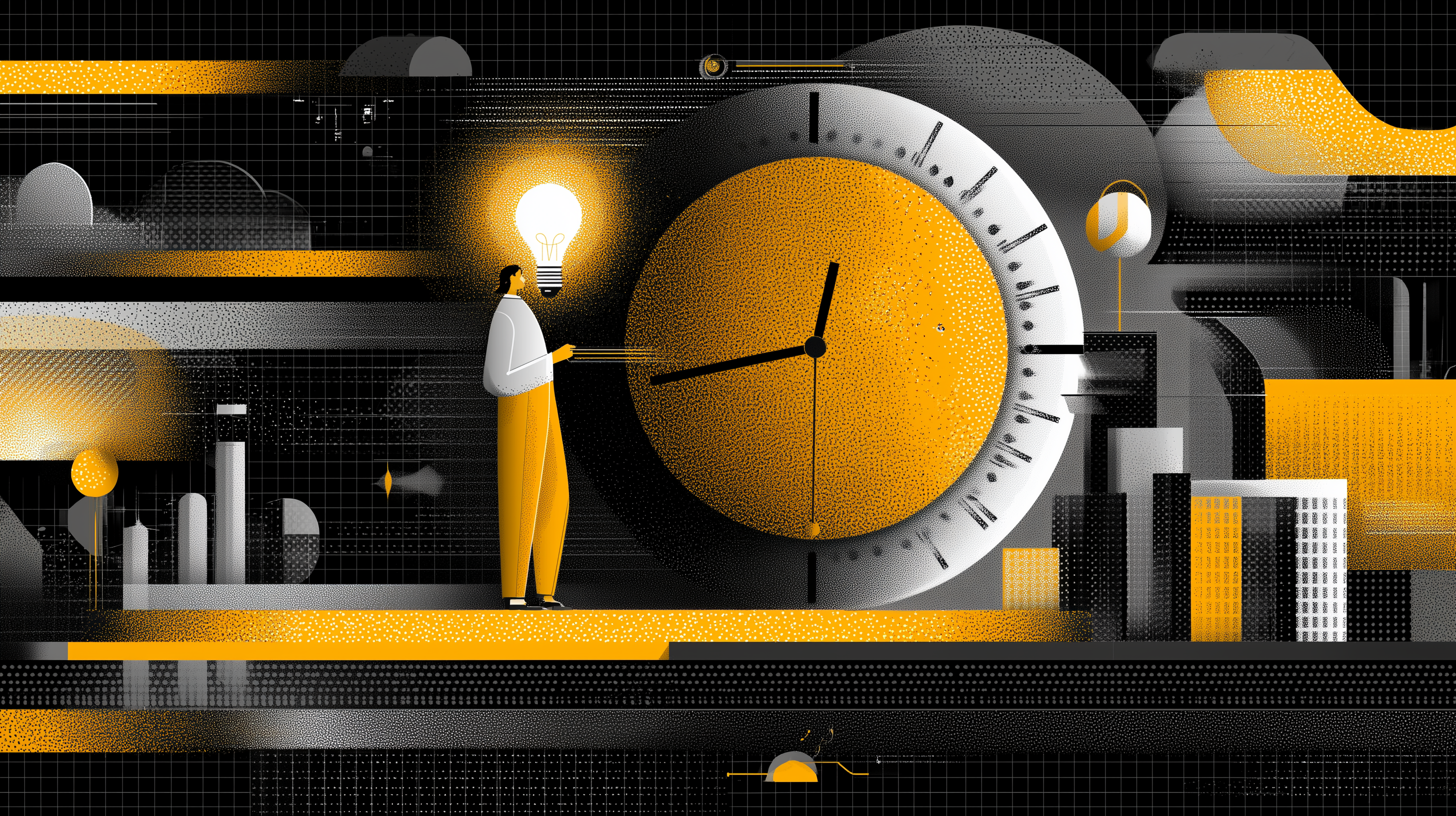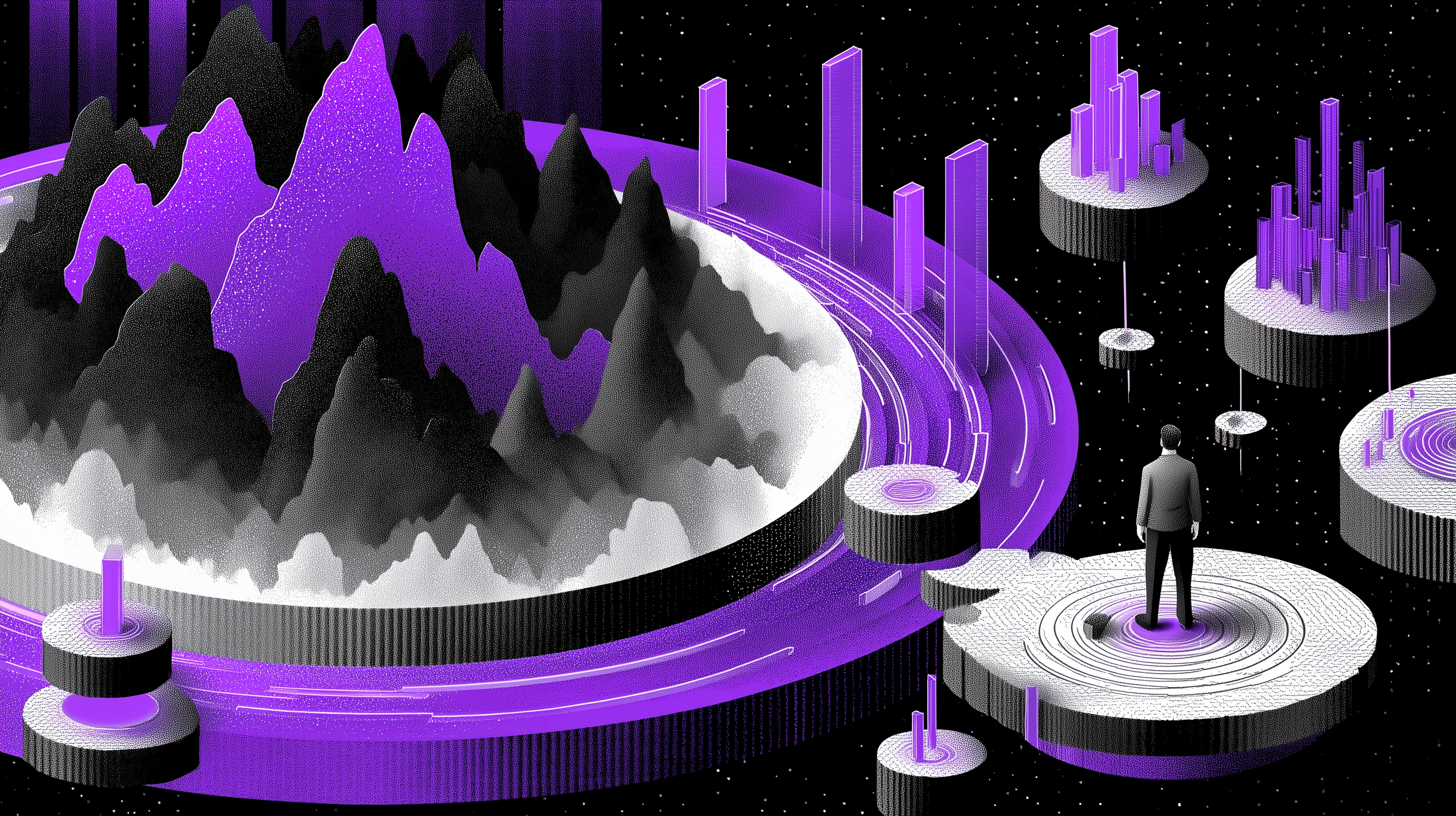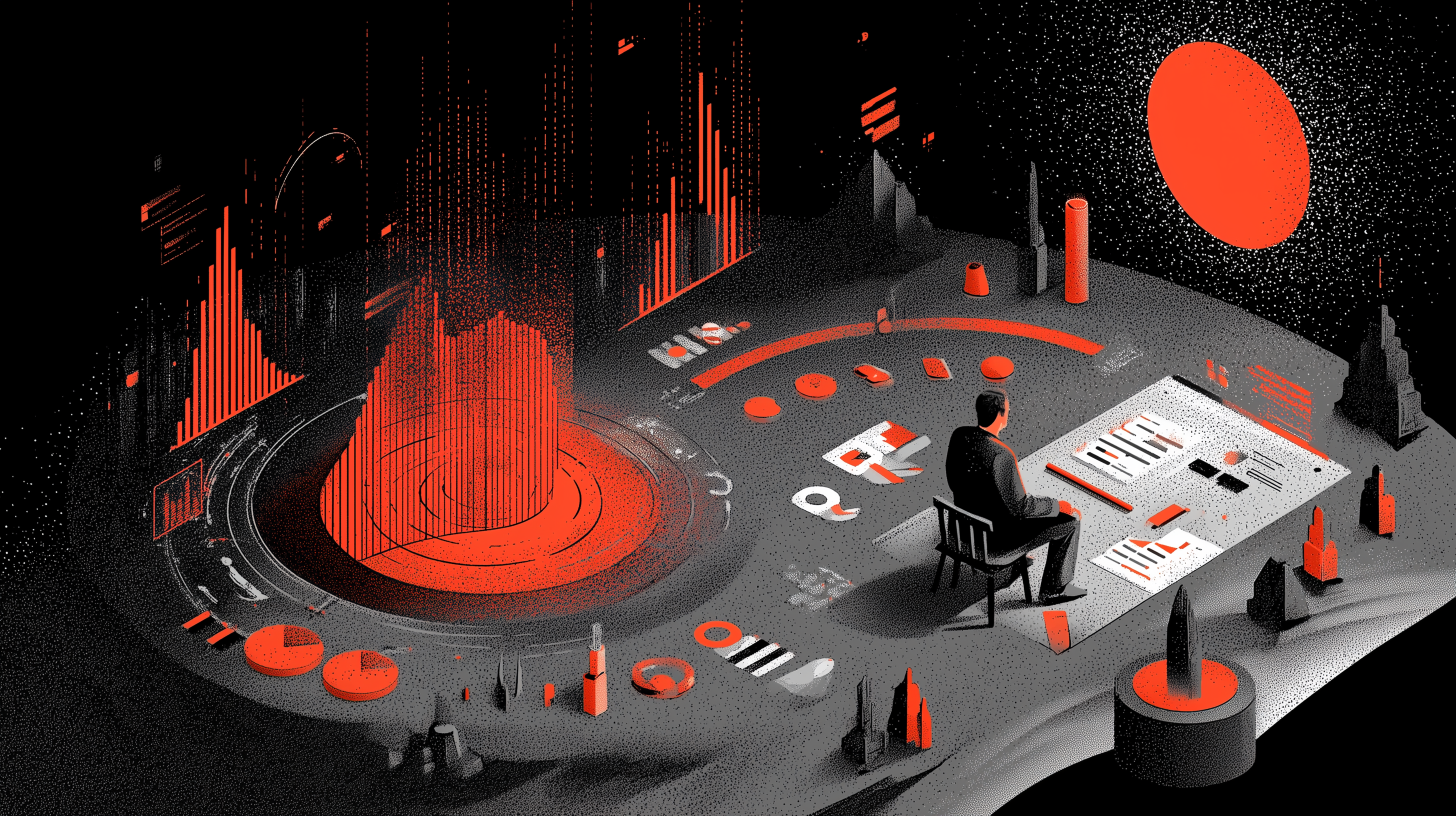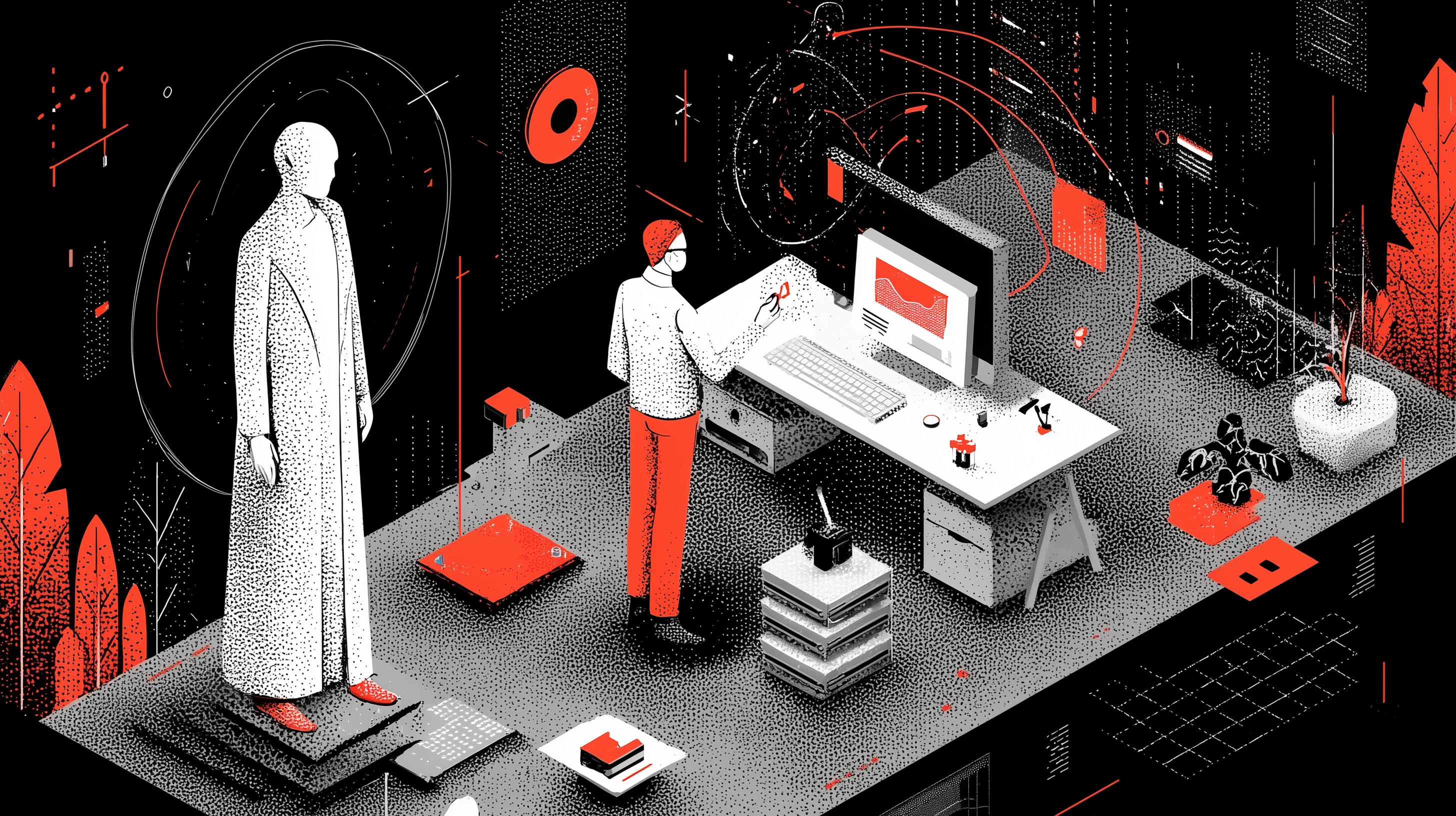Combining creativity and efficiency: the keys to a successful project management

Learn how to manage your resources and deadlines without sacrificing creativity through proven methods and agile project leadership.
How to balance creativity and efficiency in project management
In an environment where projects follow one another at a fast pace, finding the balance between creativity and operational efficiency can feel like an impossible task.
Deadlines pile up, resources tighten, and inspiration often seems to fade under pressure.
Yet, in creative industries design, communication, marketing, or innovation this tension is natural: it’s precisely what fuels inventiveness… provided it’s managed correctly.
Managing time and resources without stifling creativity isn’t a matter of talent but of method.
This article explores how to adopt a project management approach that is both structured and inspiring, based on practices observed in the most successful creative organizations.
Understanding the balance between creativity and efficiency
Creativity, resources, and deadlines: the critical trio
Creativity is the ability to generate new and relevant ideas.
Resources include time, skills, budget, and available tools. Deadlines provide the necessary structure to channel a project’s energy.
Balancing these three dimensions means managing constant tension: the greater the creative freedom, the sharper the time discipline must be.
A study by Adobe shows that 75% of employees feel they’re not using their full creative potential at work, often due to a lack of time or proper organization (Adobe Creativity Gap Report).
Why this balance matters
Without constraints, creativity scatters; without freedom, it dies out.
As Carol Hildebrand notes in PM Network, quoting researcher Lynne C. Levesque:
“Creativity needs limits: it flourishes within a clear framework, like a game that only exists because of the boundaries of its field.”
(Project Management Institute – Managing Creative Genius)
This balance doesn’t happen by accident it’s built through concrete practices and a management culture rooted in trust.
Common obstacles to balancing creativity and efficiency
Creative teams often face recurring challenges:
- Overly tight deadlines: rushing delivery kills exploration and lowers quality.
- Lack of visibility on resources: project managers often underestimate workloads, leading to burnout or delays.
- The “do more” culture: efficiency is mistaken for speed, at the expense of reflection.
- Micromanagement: excessive control and endless approvals smother spontaneity.
The Harvard Business Review already pointed out in 1998 that “creativity is killed more often than it’s supported” when managers impose overly strict structures (HBR – How to Kill Creativity).
Another study published on ResearchGate emphasizes that the success of a creative project depends on a manager’s ability to “control both resources and the creative environment,” not just the schedule.
Methods to manage without stifling creativity
1. Plan with buffers
The common mistake is to schedule tasks too tightly.
In reality, a solid plan includes 10–20% buffer time to absorb unexpected events, client feedback, or moments of reflection.
This approach known as buffer management in project management helps protect deadlines while preserving creative space.
2. Break down deliverables
Instead of one final delivery, break the project into intermediate milestones: moodboard, prototype, first draft, user testing…
Each stage becomes an opportunity for feedback and refinement, reducing final pressure and improving quality.
Pro tip: set mini-deadlines every two weeks and pair them with quick review sessions (15–30 minutes).
3. Protect creative time
Interruptions destroy focus.
Apply the time blocking method: schedule uninterrupted creative work sessions in the calendar—no meetings, no messages.
4. Visualize workload
A resource calendar provides an overview of each team member’s availability.
It helps distribute assignments evenly, avoid bottlenecks, and anticipate overloads.
Many project management platforms like MTM now include advanced resource management features to help managers balance team effort in real time.
5. Automate repetitive tasks
Mechanical processes reporting, version tracking, file conversions can be automated using AI and workflow tools.
This frees up time for reflection and creation.
McKinsey estimates that up to 30% of working hours could be automated by 2030, largely driven by AI (McKinsey – Future of Work Report).
The role of the creative project manager
A creative project manager’s role isn’t to control everything but to maintain a dynamic balance between structure and freedom.
They must:
- Facilitate rather than direct: define the framework and clarify priorities.
- Protect creative time: defend uninterrupted work blocks.
- Encourage recovery: build rest periods into work cycles.
- Foster trust: delegate operational decisions to those doing the creative work.
This hybrid manager alternates between structure and flexibility. They understand that performance doesn’t come from constant control but from a supportive framework that enables experimentation without fear.
Practical example: managing a visual campaign
Consider an agency working on an advertising campaign:
- Framing: define objectives, budget, and constraints (deadlines, deliverables).
- Planning: add a 15% buffer for feedback and contingencies.
- Phasing: moodboard, creation, validation, production.
- Time blocking: two-hour sessions dedicated exclusively to creative work.
- Visual resource tracking: managers adjust workloads based on availability.
- Iterative feedback: mini-reviews after each stage to minimize late revisions.
- Automation: automatically generate format variations for social media.
Result: the project meets deadlines while leaving room for experimentation.
Thanks to the MTM platform, these steps can be centralized, tracked, and validated in real time making resource and deliverable management a seamless process where creativity stays at the core.
Key takeaways
- 75% of employees say they lack time to create (Adobe, 2023)
- +23% improvement in creative performance after rest periods (PMC, 2022)
- 30% of marketing tasks could be automated according to McKinsey
These figures remind us that creativity isn’t spontaneous it must be managed like a strategic resource.
Conclusion: discipline as a path to creative freedom
Managing resources and deadlines isn’t incompatible with creativity.
On the contrary, a well-designed structure strengthens innovation.
The key lies in flexible discipline: planning without rigidity, structuring without stifling, anticipating without over-controlling.
Top-performing teams are those whose managers act as conductors, not timekeepers.
By integrating rest, visibility, and automation, managers transform constraints into sources of inspiration.
At MTM, creative project management follows the same principle: offering a clear framework where every talent can thrive without losing sight of goals and deadlines.
FAQ: managing creativity and efficiency in your projects
How can creativity and management discipline coexist?
By planning with buffers, setting intermediate milestones, and giving autonomy over the “how.”
How much buffer time should a creative project include?
Allow 10–20% extra time depending on complexity and the frequency of reviews.
How can teams avoid overload?
Use a resource calendar and adjust assignments based on real-time availability.
Do deadlines kill creativity?
Not if designed well flexible and transparent timelines actually boost focus and creative output.
Which project management tools support creativity best?
Collaborative platforms like MTM, Monday, or Asana help visualize workload, automate tasks, and streamline feedback loops.
Other Posts

Where should applied ai intervene to maximize the impact of marketing campaigns ?

How AI agentizes market data to write strategic pre-creation recommendations.

